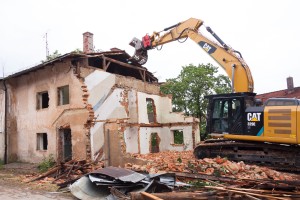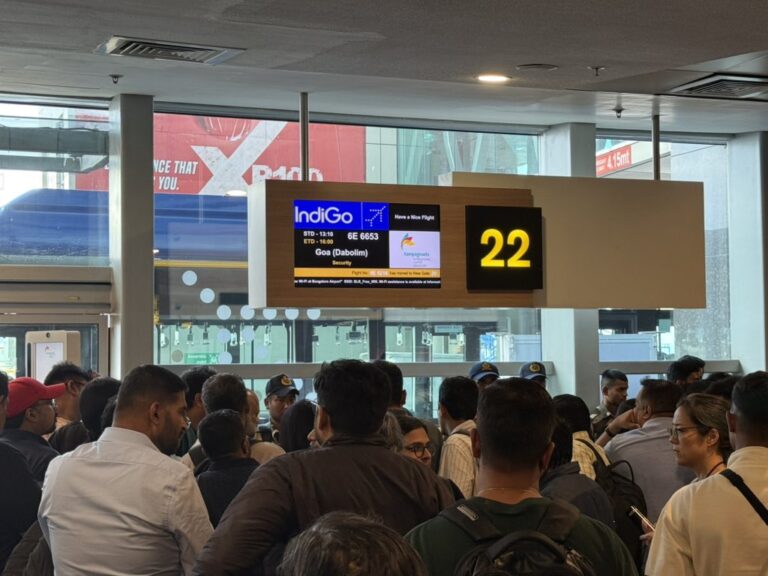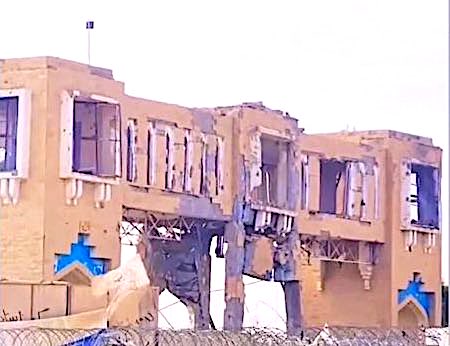
Sunday Snippets
By Venkatesh Raghavan
As I sat on the bench erected outdoors at the footpath, I could not help going down memory lane, connecting with the first significant investigative story in my early years as a journalist. It was a few months prior to the demolition of the Babri Masjid. The then Deputy Municipal Commissioner, of Bombay, GR Khairnar, was carrying out demolitions in B Ward, a communally sensitive area that at times even the cops feared treading on. As media reports kept pouring in and I too kept covering the demolition proceedings, it struck me that it would be a worthwhile effort to find out how and why these builders dare to erect illegal structures despite being aware that punitive action from the civic authorities will put an end to the years of painstaking construction work at short notice.
Also read: Sunday Snippets: When Motera became Modi!
I first decided to read up all the reports related to demolition of illegal structures that appeared on print. One of the reports mentioned that a builder by name Nissar Johri had created a ruckus during demolition action by instigating the locals. It took me nearly four to five hours of continuous pouring into media reports before I decided to proceed on the field. I first approached Khairnar and asked him, “Can you provide me a list of builders who have erected illegal structures? If possible, I would like to have their phone numbers too.” Khairnar gave me a name, Chandrakant Dalvi. He said this man had all details with him. Further, he informed that Dalvi was faced with a threat to his life owing to being a crusader in acting against illegal constructions.
Let me tell you that Khairnar, although media savvy, was considered a very upright officer who was not scared of taking on the Bombay’s mighty underworld. He was even attacked by the Bombay mafia time and again.
I visited Dalvi in his South Bombay residence and was able to get hold of a list of builders that included names of nearly 13 of them who were operative in B Ward. In addition, I was able to acquire the phone numbers of some of the builders. I immediately touched base at The Free Press Journal office and placed a call to Nissar Johri whose name had appeared in the list Dalvi had supplied me with. I told him I wanted to voice both sides of the story and would like to get in touch with his circle of builders and ascertain their point of view before hitting the print button. We fixed up a time and he also provided me the location where we would be able to get in touch. It was the International Communication Centre located a few hundred yards from Masjid station in South Bombay.
It was mid-afternoon hours, around 3 p.m. when I reached the spot. After introducing myself to the lot, I started on a mild quizzing note. What the builders had to say threw light on the crux of the real problem. “We construct these buildings. During the course of construction, the civic authorities approach us for bribes and allow our work to carry on. Years pass by before the construction comes up and by that time, several civic authorities have already greased their palms. After we construct, we sell these flats to people who are in need of low-cost housing. These poor people come and occupy the flats and carry on with their routine life. Now, when the civic authorities slap demolition notices, it’s nothing to do with their concern for upholding the law. Civic officials whose palms we had greased have passed on to some other department. The new man in charge is asking us, “I am not bothered about how much you bribed them. I want my cut to stay off from demolishing your structures. As a result, we as builders are not directly financially affected. It’s the poor people who have purchased the flats who are the worst sufferers.”
I subsequently chatted with the local corporators to find out about this anomaly. I was informed that to this day, no civil servant or no person in administration has ever been penalized or even for that matter questioned for permitting such structures to come up. It’s only the builders or tenants or in some cases local strongmen who get questioned or arrested. I finally approached Khairnar for his version. He informed me that his department was working under orders from the top. “My job is to identify and demolish such structures. I stick to my part and have no say on what had happened years ago.”
The story of illegal constructions still goes on unabated. Only the names change and the players on field change. The money that transfers hands continues to transfer from hand to hand. The saga of civic administration going unpunished is still the same





